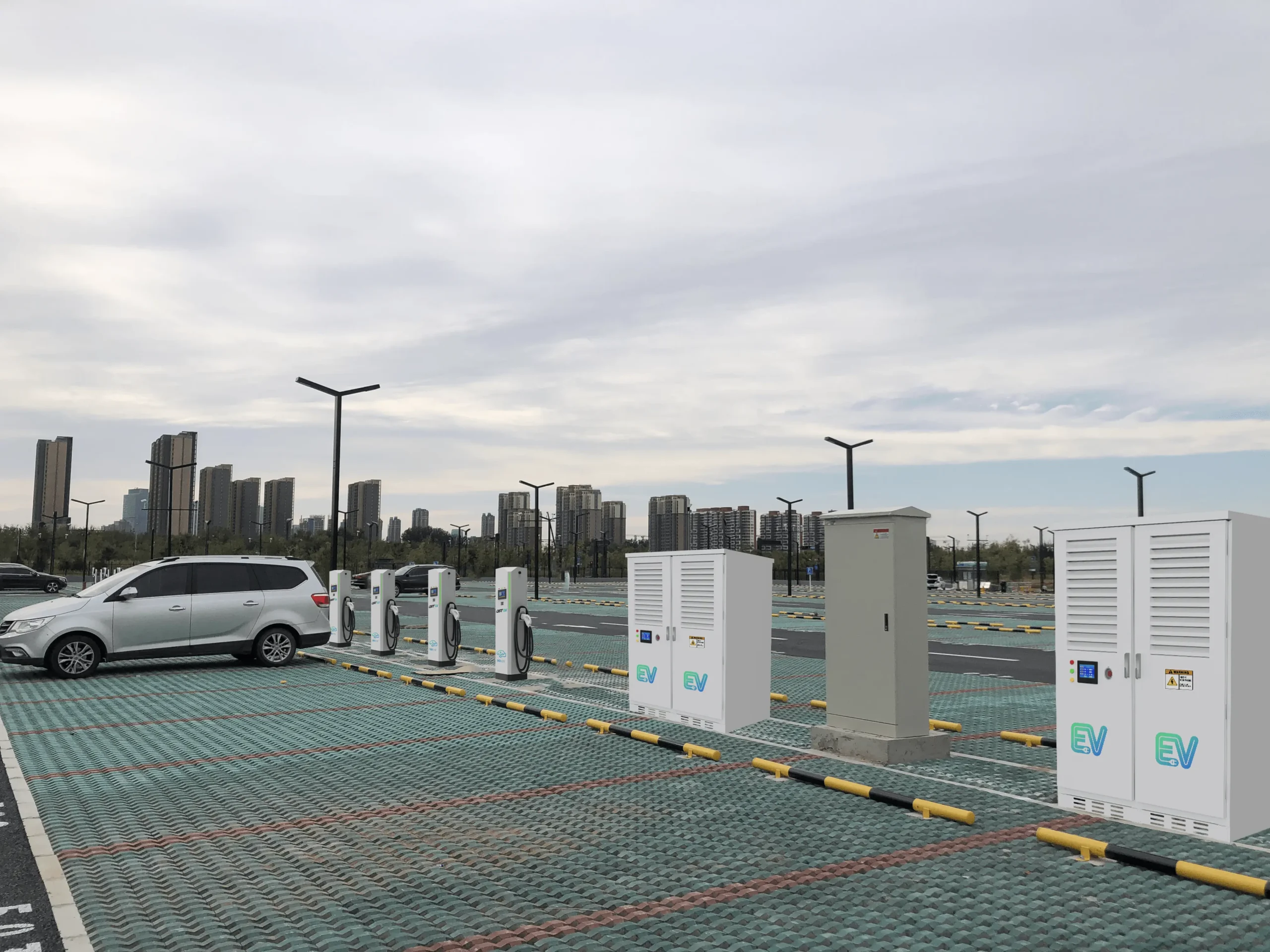PwC released the Electric Vehicle Charging Market Outlook report on May 20. As electric vehicles become increasingly popular, the demand for charging infrastructure in Europe and China has arisen. The report predicts that by 2035, Europe and China will need more than 150 million charging piles, and about 54,000 battery swap stations.

The report shows that the long-term electrification goals for light vehicles and medium and heavy vehicles are clear. By 2035, the ownership of light electric vehicles below 6 tons in Europe and China will reach 36%-49%, and the ownership of medium and heavy electric vehicles above 6 tons in Europe and China will reach 22%-26%. In Europe, the new car sales penetration rate of electric light vehicles and electric medium and heavy vehicles will continue to grow, and is expected to reach 96% and 62% respectively by 2035. In China, driven by the “dual carbon” goals, the new car sales penetration rate of electric light vehicles and electric medium and heavy vehicles is expected to reach 78% and 41% respectively by 2035. The application scenarios of plug-in hybrid vehicles in China are clearer than in Europe. Generally speaking, the battery capacity of China’s light plug-in hybrid models is larger, which means that the charging demand is more significant than in Europe. By 2035, China’s overall car ownership growth is expected to be higher than that in Europe.
Harold Weimer, PwC’s global automotive industry leader, said: “Currently, the European market is mainly driven by mid-priced B- and C-class passenger cars, and more new electric models will be launched and mass-produced in the future. Looking ahead, we believe that more affordable B- and C-class models will gradually increase and be accepted by a wider range of consumer groups. For the development of electric vehicles in Europe, we recommend that the industry respond to short-term changes from four key aspects: accelerate the development and launch of affordable and well-selected electric models; reduce concerns about residual value and the second-hand electric vehicle market; accelerate network expansion and improve charging convenience; and improve charging user experience, including price.”
By 2035, the charging demand in Europe and China will be 400+ TWh and 780+ TWh respectively. In Europe, 75% of the charging demand for medium and heavy-duty vehicles is met by self-built dedicated stations; in China, self-built dedicated station charging and battery swapping will dominate, covering 29% and 56% of electricity demand respectively by 2035. Wired charging is the mainstream electric vehicle charging technology. Battery swapping, as a supplementary form of energy replenishment, has been first applied in the passenger car field in China and has great potential for heavy truck applications. By 2035, Europe and China will need more than 150 million charging piles and about 54,000 battery swap stations.

The electric vehicle charging value chain has six major revenue sources – charging pile hardware, charging pile software, sites and assets, power supply, charging-related services and software value-added services. Achieving profitable growth is an important agenda for the entire ecosystem. The report reveals that there are 7 ways to participate in the competition in the electric vehicle charging market.
1.Sell as many charging devices as possible through various channels and use features such as smart marketing to monetize the installed base over the asset lifecycle.
2.As EV charging hardware deployment expands, increase penetration of the latest software across installed base, with a focus on usage and integrated pricing.
3.Generate revenue by leasing space to charging network operators, leveraging consumers’ parking time, and exploring models such as shared ownership.

4.Install as many charging stations as possible and become a service provider for customer support and hardware maintenance.
5.As the market matures, gain sustainable revenue share from existing players and end users through software integration.
6.Helping landowners monetize by providing complete charging solutions.
7.Ensure as many stations as possible to maximize power throughput while maintaining power profitability and service costs across the entire charging network.

Finally, Jin Jun, PwC China’s automotive industry leader, said: “Electric vehicle charging can be applied in a wider ecosystem to further unlock the value of charging. Electric vehicle charging stations will increasingly combine with distributed energy storage and power grids. In the future, they can be optimized in a wider energy network to explore the changing energy flexibility market. We will work with charging and swapping industry clients to explore how to seek profit growth in the rapidly expanding and highly competitive electric vehicle charging and swapping market.”

